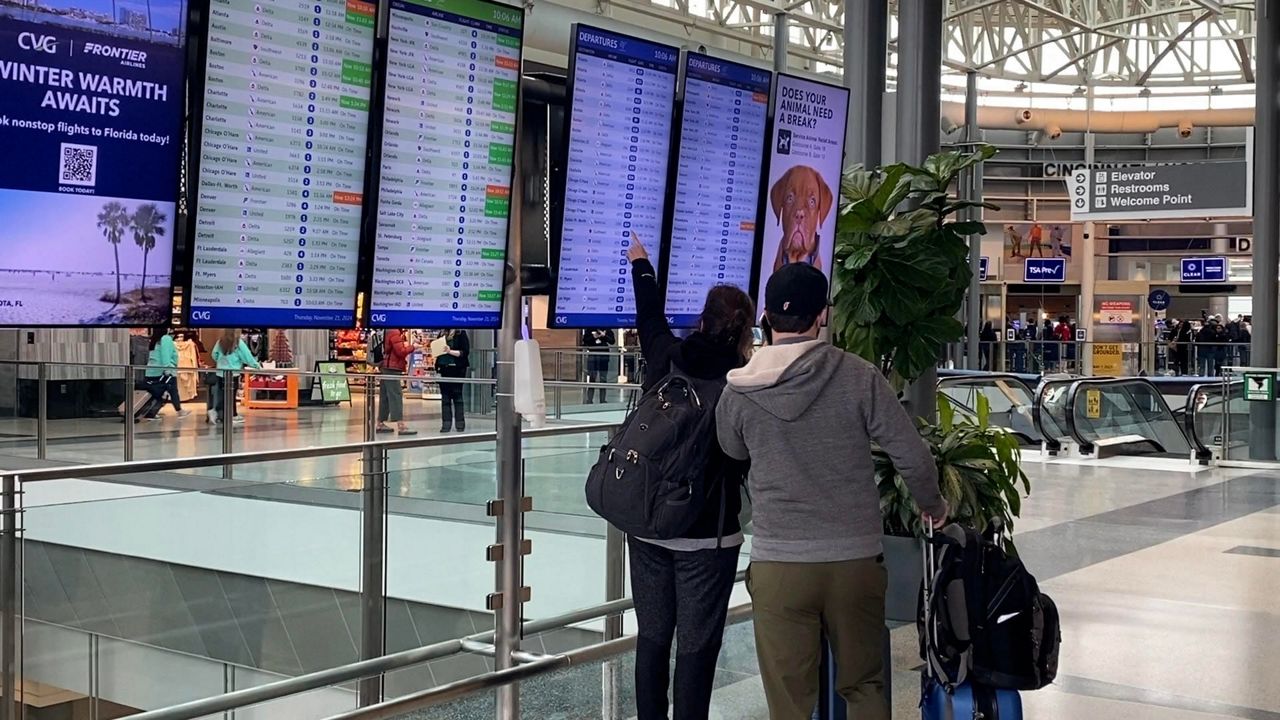Travel
Rebuilt LOST iN Travel Guides Go Hyperlocal, Debut With Venice Beach

The reshaped travel publisher LOST iN is not venturing far from home with its first print guidebook since new ownership bought it in June and then greatly expanded its digital footprint. First up: the Venice Beach neighborhood of Los Angeles.
“We certainly want to do Italy Venice,” said CEO Jonathan Skogmo, of the new guide, set to debut next month. “But since this is in our backyard, our headquarters here, we thought that was a great way to understand and kind of learn the print-media business, which we’re new to, though certainly the company we bought has been doing this for a while. The idea is to test it out here, and then have a video component to that, which will be complimentary to the book, and have them drive each other and bring awareness” to each other.
A string of travel-focused content creators – including Pretty Little London, the Vagarothers, Jeremy Jacobowitz, Cedric Wood, and Giselle Chusan – have signed on to create original and licensed content, branded entertainment and more.
Also on tap will be some in-person events, for those venturing into the wilds of Venice Beach. The trick will be capturing what fans of the decade-old LOST iN’s previous 28 publications loved, while subtly shifting key aspects, such as that online and video-driven community building.
The cover of the new LOST iN guidebook, focused on L.A.’s Venice Beach
“We already have a great blueprint for the company that we bought,” Skogmo said. “We want to keep the same tone and spirit and aesthetic, which is what people really love about the LOST iN brand, the feel that it brings to its readers. It’s really about immersing yourself into a city’s culture, whether that be the art, the music, the history, gastronomy, you know, the restaurants, and we definitely want to keep that spirit.”
The difference this time is guides that will be “hyper focused and hyper local,” taking a deep dive not on a major city such as Los Angeles, but instead on a specific famous neighborhood.
With London, for instance, a future guide might focus on Soho or Shoreditch, or perhaps Mayfair, “places that really, really have the spirit of what the London brand is all about,” Skogmo said. “Our goal is to get this a little bit more focused and make something that locals will be proud of.”
A Paris guide wouldn’t focus on the usual tourist haunts such as the Champs Elysees and Eiffel Tower. Instead of the Louvre and the Musee d’Orsai, it might focus on street artists in the Marais, how to access secret raves, or that “hidden gem” of a bistro “where you walk through the alley to get to,” Skogmo said.
“It’s definitely for a younger generation that wants to understand the new trends, understand what’s going to be that Zeitgeist,” Skogmo said. “At the same time, though, we are super conscious, and we want our audience to be super conscious, of overtourism. We don’t want to just highlight a place and put a spotlight on it and then have it blow up. That is not our intent.”
Overtourism is a huge issue particularly in some highly popular European cities. Barcelona residents took to squirting herds of tourists with water pistols this summer. Venice instituted a fee for day-trip visitors. Others have banned cruise ships from docking, instituted congestion zones to keep traffic out of historic districts, or otherwise threatened various controls.
Barcelona and Venice, Italy, are among the many cities where residents complain of being practically besieged with visitors since the pandemic lockdowns finally eased. Some of the same onslaught is common along the Venice Beach boardwalk and the nearby Santa Monica Pier, though L.A.’s vast horizontal sprawl helps isolate the masses from most locals, most of the time.
LOST iN’s new approach nonetheless will be all about a deep dive in a specific neighborhood, with about 50 percent more editorial than the previous “60-ish” pages before. But the guides are also designed to be a collector’s item, with a limited press run of 10,000 copies, and high-end art and design to go with the granular cultural detail. The idea is to take advantage of a minor renaissance in interest in high-end books as practically objets d’art.
Since the initial LOST iN acquisition by Skogmo’s group earlier this year, it has pieced in several smaller deals, beginning with the assets of Buzzfeed’s former travel vertical Bring Me! Other niche travel brands have also been pieced in, including a popular Facebook Group called View My Window, and Instagram accounts Travelgram and Landscapes.
Add in the partnerships with travel-focused social-media creators and the reshaped company claims an online social reach of close to 20 million followers.
It’s an interesting approach for a niche travel publisher, trying to foster a specific, highly defined community that Skogmo defines as younger, edgier, more a traveler than a tourist, likely someone who’s returned to a city a second or third time and wants to go deeper in a particularly interesting community. The book can in turn be a coffee table-ready memento of those adventures.
Skogmo, his brother Mike Skogmo and Anton Reut lead the LOST iN leadership group, after acquiring the publisher in June. The three previously founded Jukin Media, a Culver City, Calif., company that specializes in licensing viral online videos and creating programming for both online outlets such as Fail Army and deals to provide clips major network TV shows. Jukin was sold a couple of years ago to the parent company of Readers Digest.









